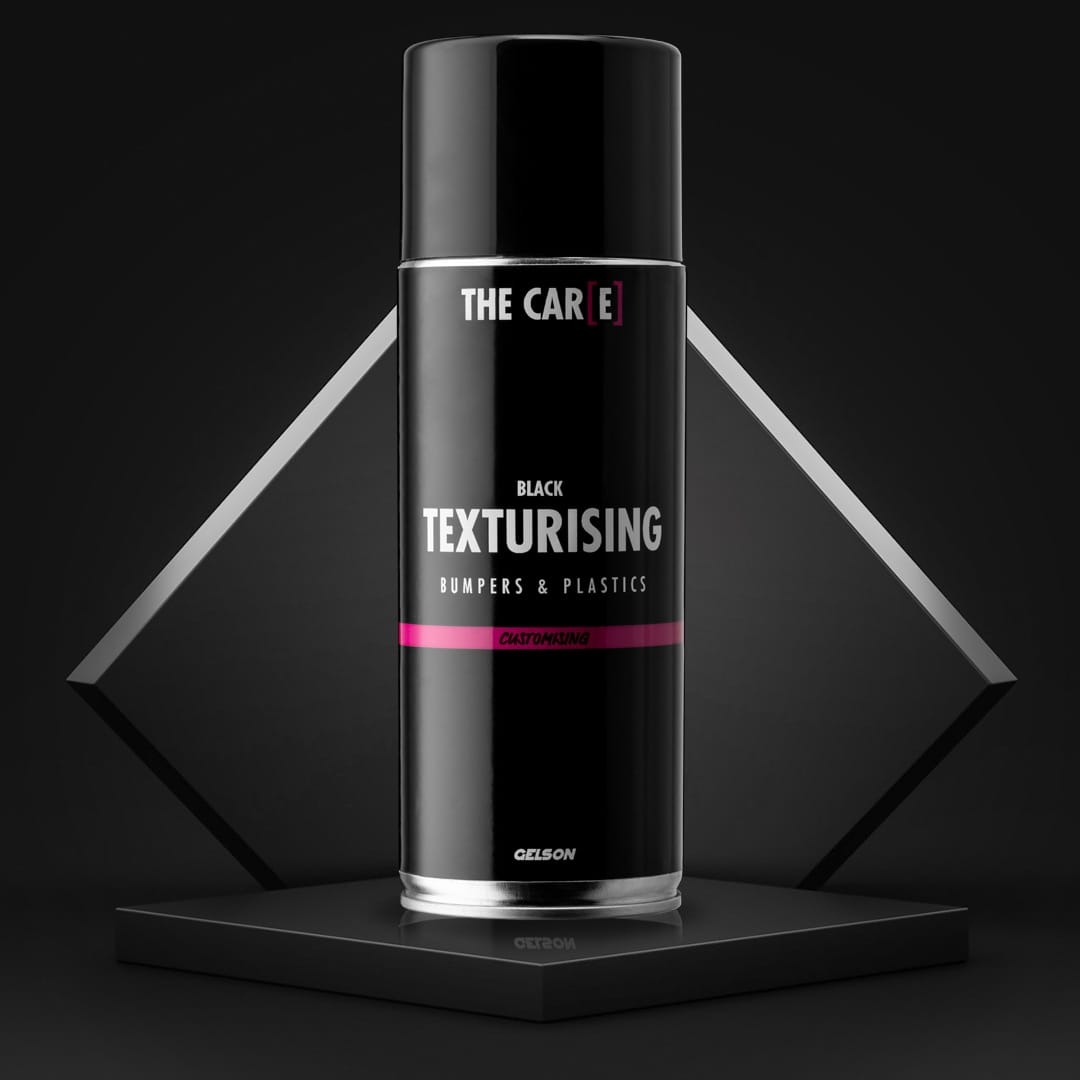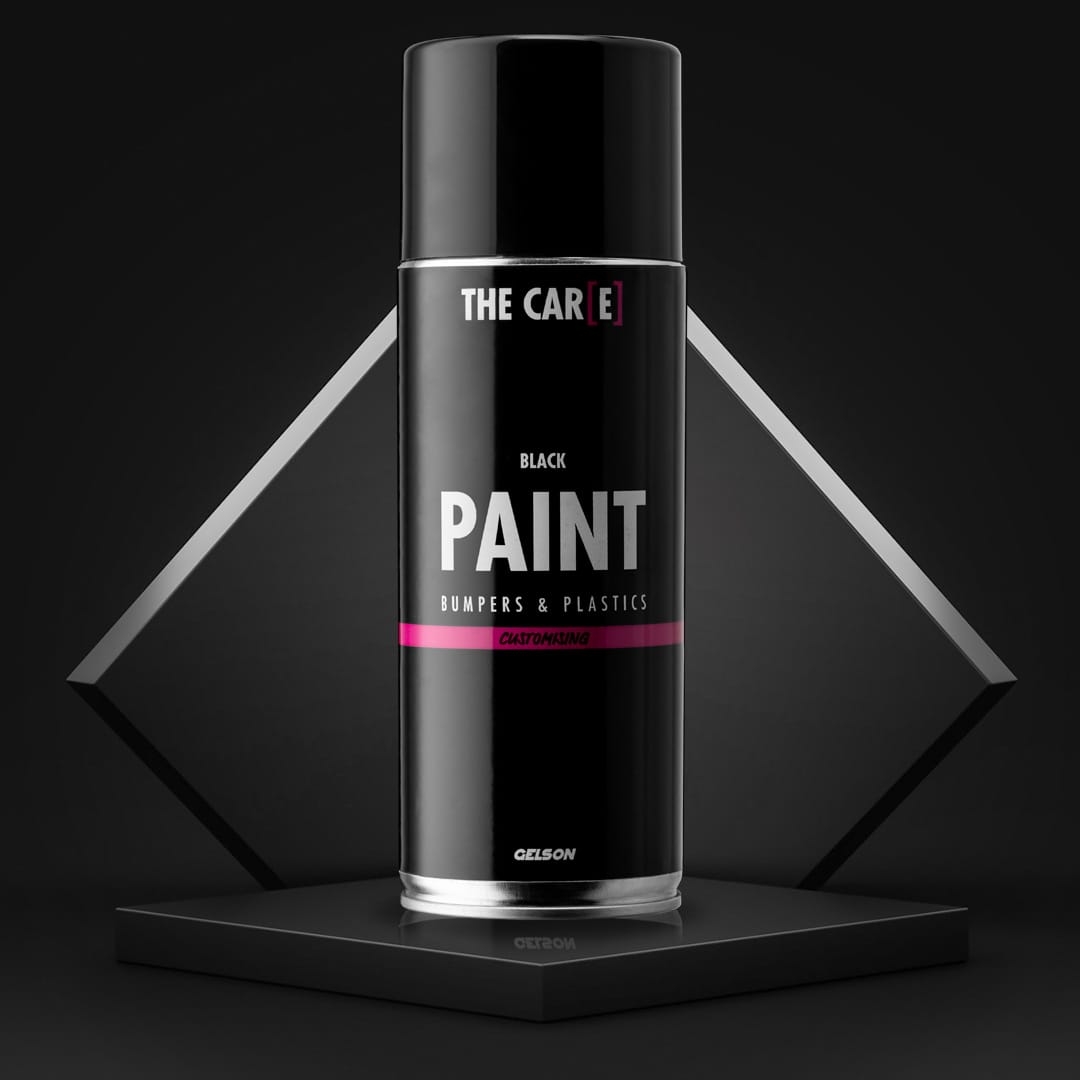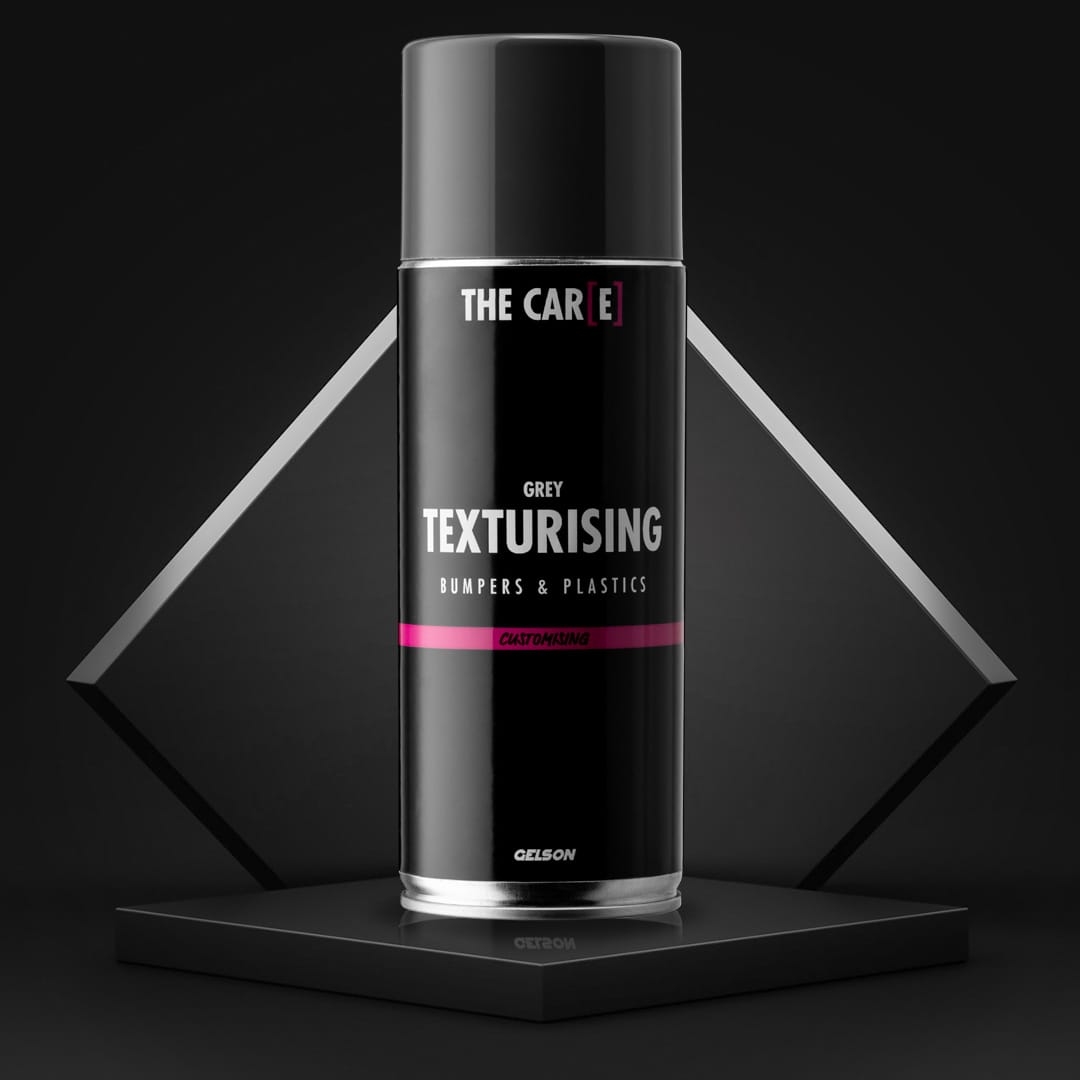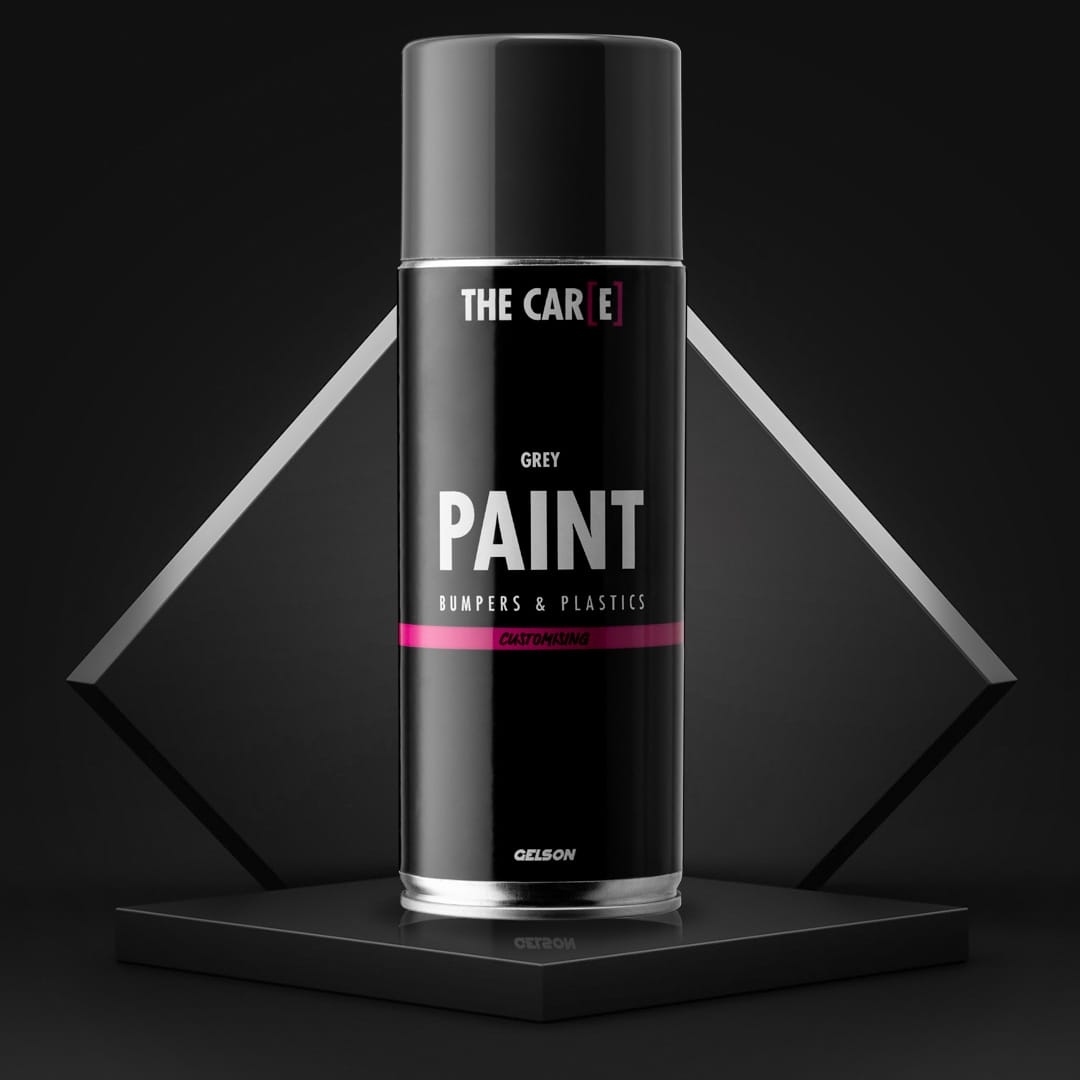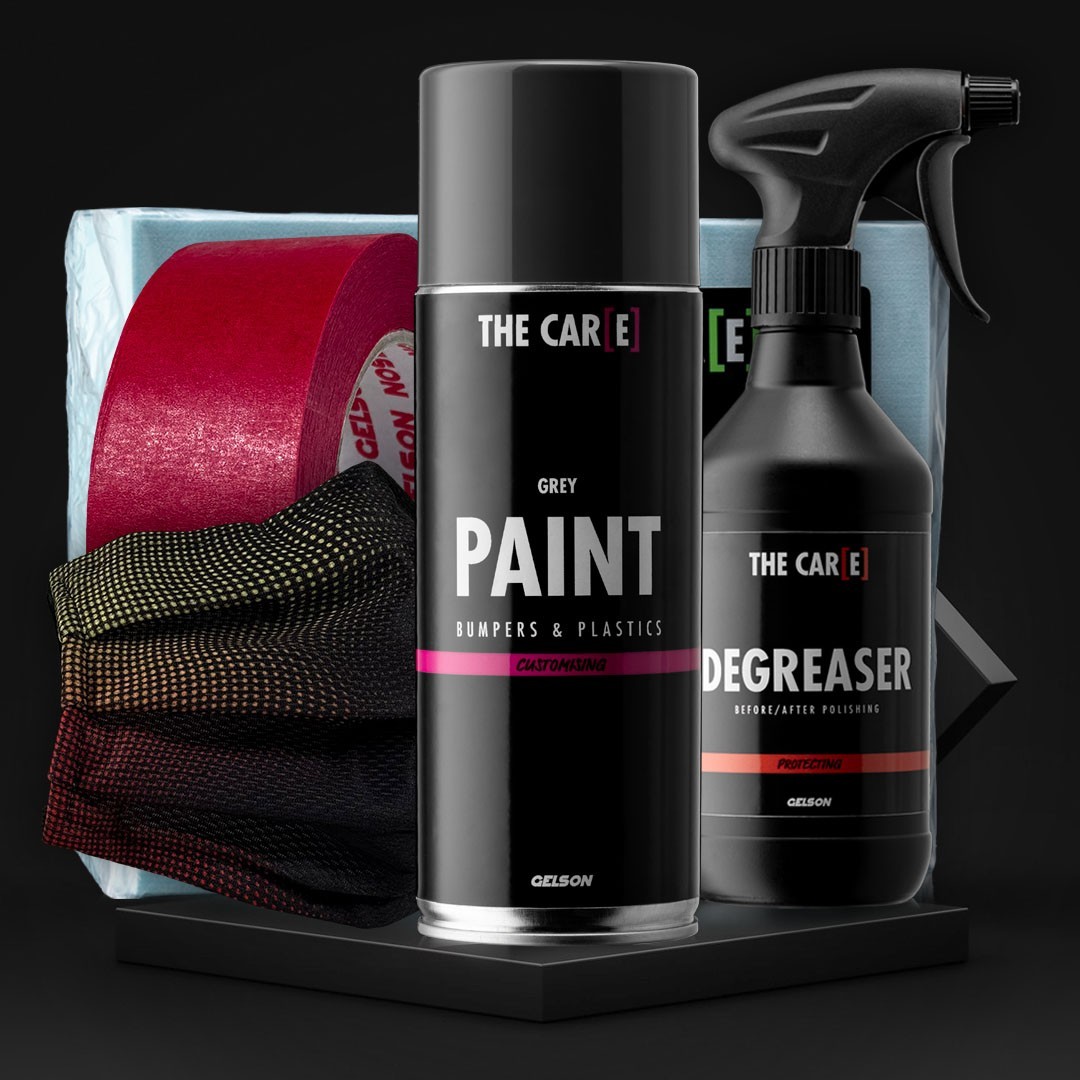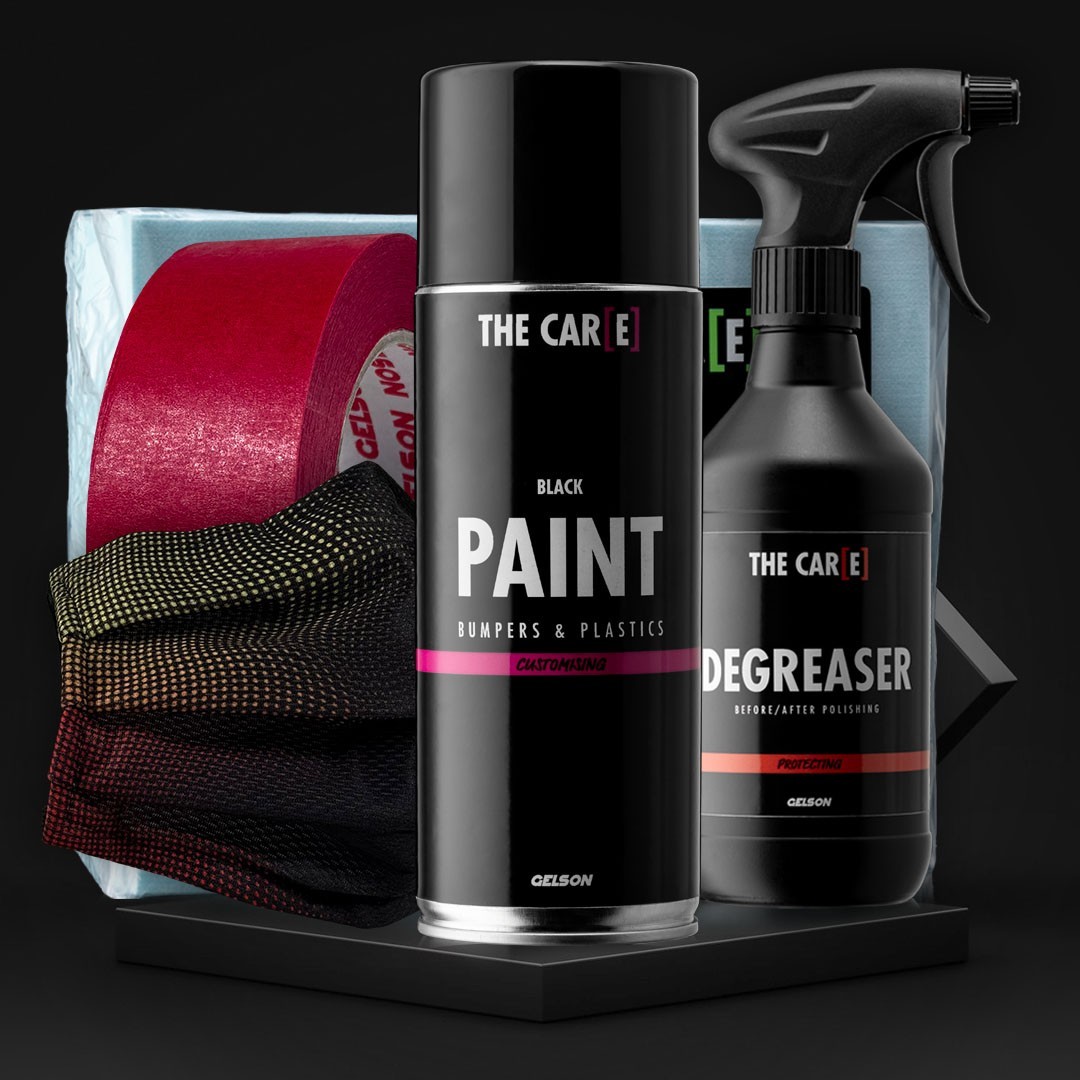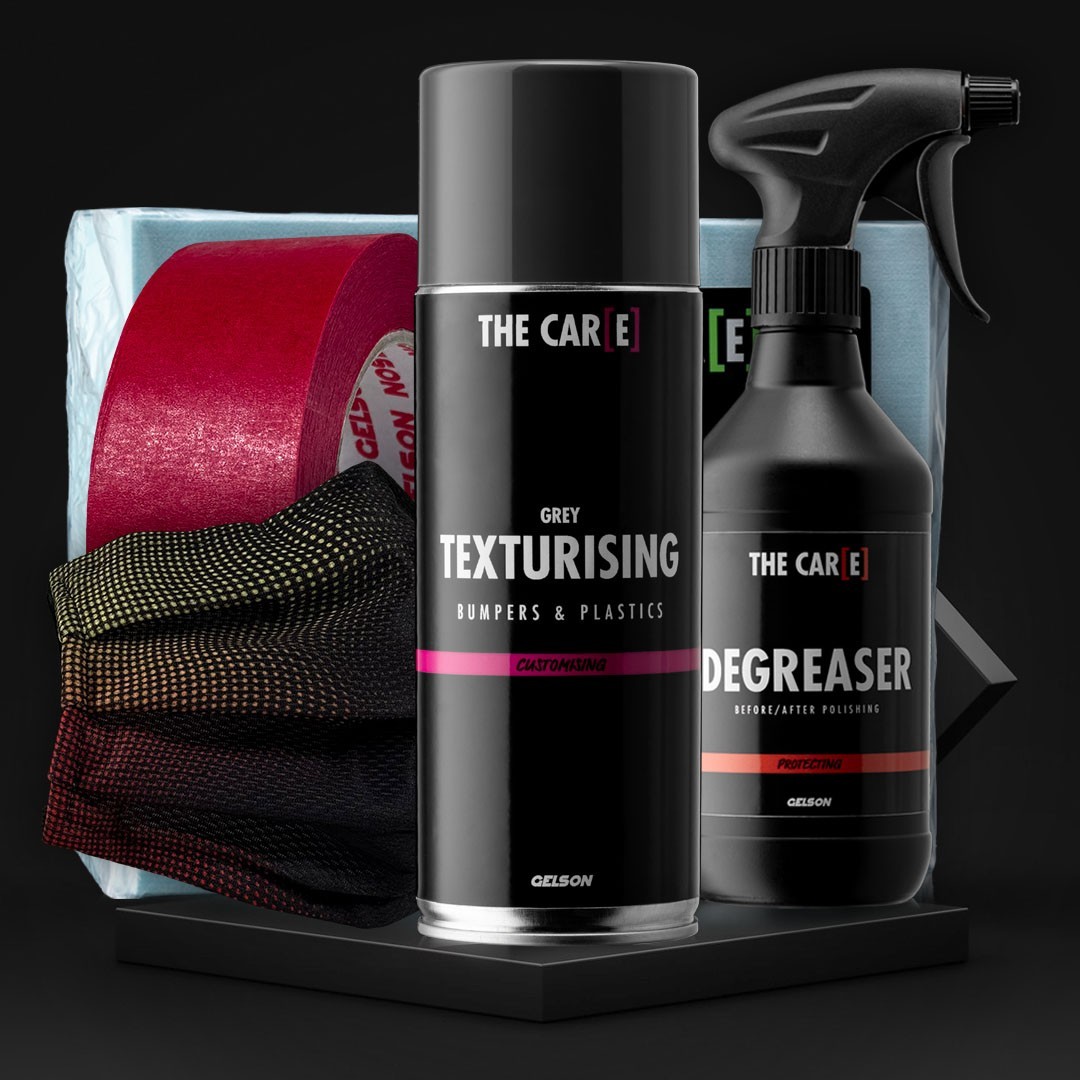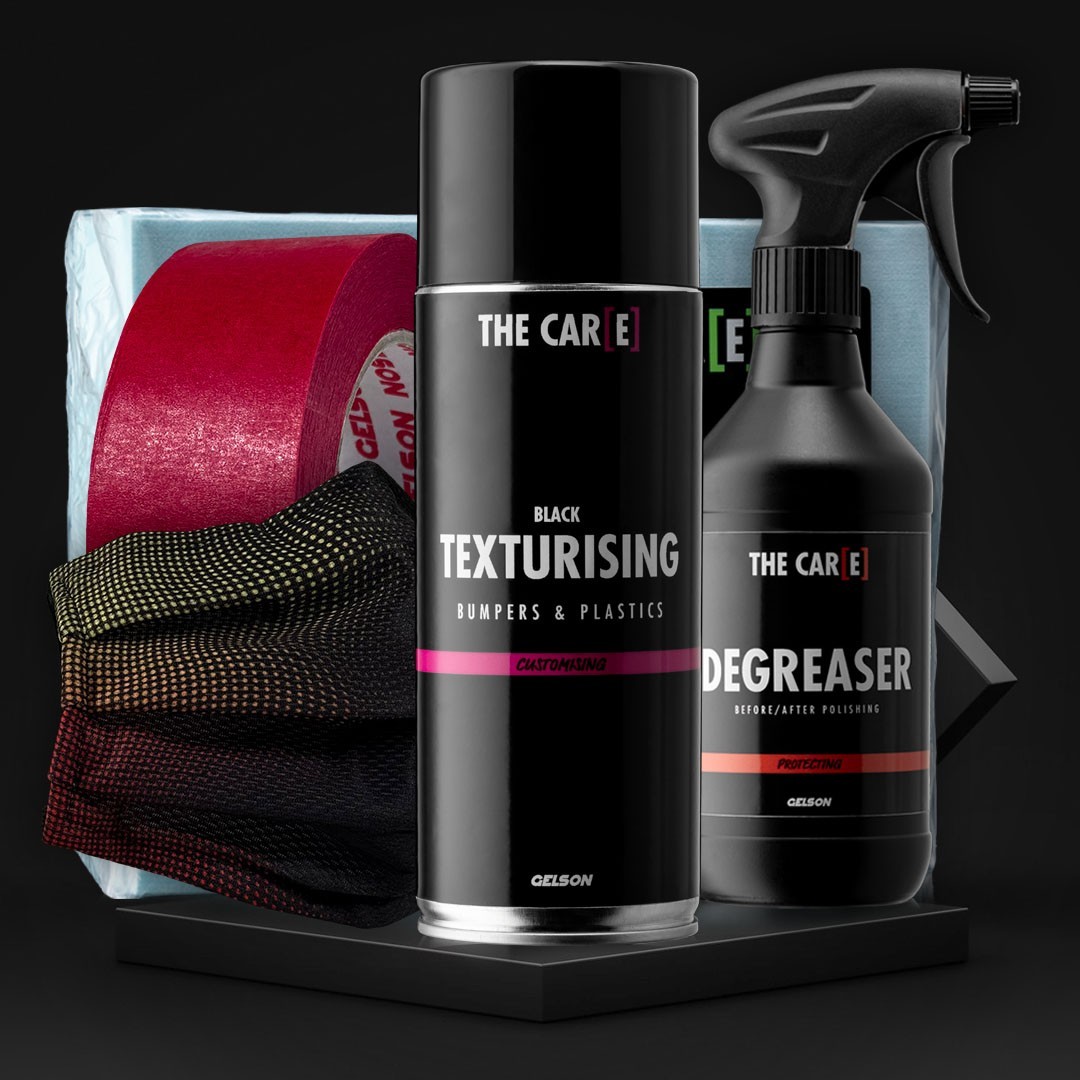When to apply spray paint?
Applying spray paint to bumpers and exterior plastics is recommended after a repair with auto plastic filler. This additional process is often necessary and crucial to completing the repair effectively.
Here are some important and useful elements to know, following a small DIY repair with putty for bumpers and external plastics such as, for example, Plastics Putty , in order to make the best use of spray paint for bumpers and external plastics in certain contexts:
- After repairing with automotive plastic putty: After repairing an exterior plastic part of the car using a specific automotive plastic putty, it is often necessary to apply a textured or smooth spray paint, according to your preference, to ensure that the repaired part blends evenly with the rest of the surface. This is particularly important if the part was damaged or scratched and required the removal of putty or sanding before the repair.
- Color and finish uniformity: Car spray paint is used to cover the repaired part with putty and ensure that the color and finish match the surrounding plastic. This ensures a uniform and professional appearance, avoiding noticeable differences between the repaired part and the rest of the surface.
- Long-lasting protection: Spray paint provides additional protection to the repaired plastic, helping to prevent future damage and increase its durability. This protection is particularly important for parts exposed to the elements, such as bumpers and rearview mirrors.
- Even finish and perfect adhesion without primer: Spray paint adheres well to the repaired plastic, ensuring that the repair is durable and that there are no issues with peeling or flaking. Its formulation does not require a primer.
- Professional result: Applying spray paint after repairing with automotive plastic putty is essential to achieving a professional result, especially if the vehicle is intended to be sold or shown at car exhibitions, but also and above all to proudly showcase it in your personal setting!
In general, applying spray paint after an auto plastic filler repair is a common practice in car detailing and vehicle repair, as it helps ensure a high-quality repair and aesthetic finish.
The application of the products " Texturizing bumpers & plastics " and " Paint bumpers & plastics " in gray and black colors may be necessary in many different situations, both in the automotive sector and in other sectors such as motorcycles and scooters.
Here's when it's appropriate to apply spray paint for bumpers and exterior plastics:
- Touching up damage: If the exterior plastics of the vehicle, including bumpers, rearview mirrors, or fairings, have superficial damage, applying spray paint can help hide the defects and restore the original appearance.
- Customization and restyling: Those who wish to customize their vehicle or change its appearance can use spray paint for bumpers and exterior plastics to achieve a unique look. This is common in the world of customized cars, but can also apply to motorcycles and scooters.
- Restoring dull bumpers: Over time, plastic bumpers can become dull or discolored due to exposure to UV rays. Applying gray or black spray paint can revive the dulled plastic and protect it over time.
- Repainting damaged parts: If an exterior plastic part is damaged or worn, it is possible to apply spray paint to restore the original appearance. For example, to remove signs of wear on door handles or door sills.
- Changing the look: Spray paint can be used to customize the exterior plastic parts and switch from gray to black, or from a textured to a smooth effect, and vice versa, according to your taste and desire for customization.
- Correcting aesthetic imperfections: Spray paint can be used to cover minor imperfections or paint smudges on exterior plastics.
- Reviving motorcycles and scooters: Even motorcycles and scooters can benefit from the application of spray paint for bumpers and exterior plastics, for example, to touch up damage or customize the look.
In general, the application will depend on the specific needs of the vehicle or motorcycle. It is important to follow the product instructions, properly prepare the surface, and apply the spray paint carefully to achieve the best aesthetic and long-lasting results.
Read also:
Related Products

